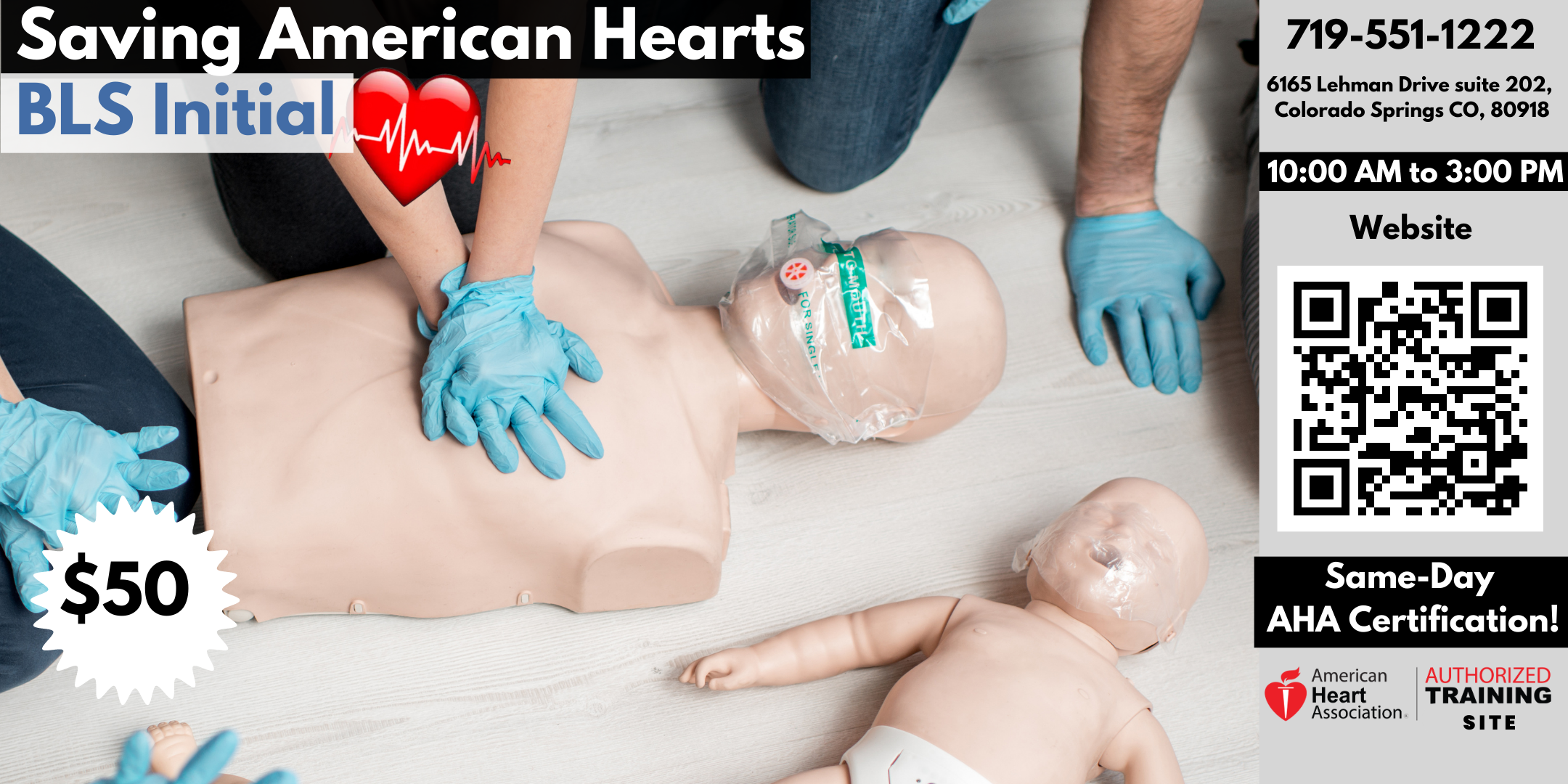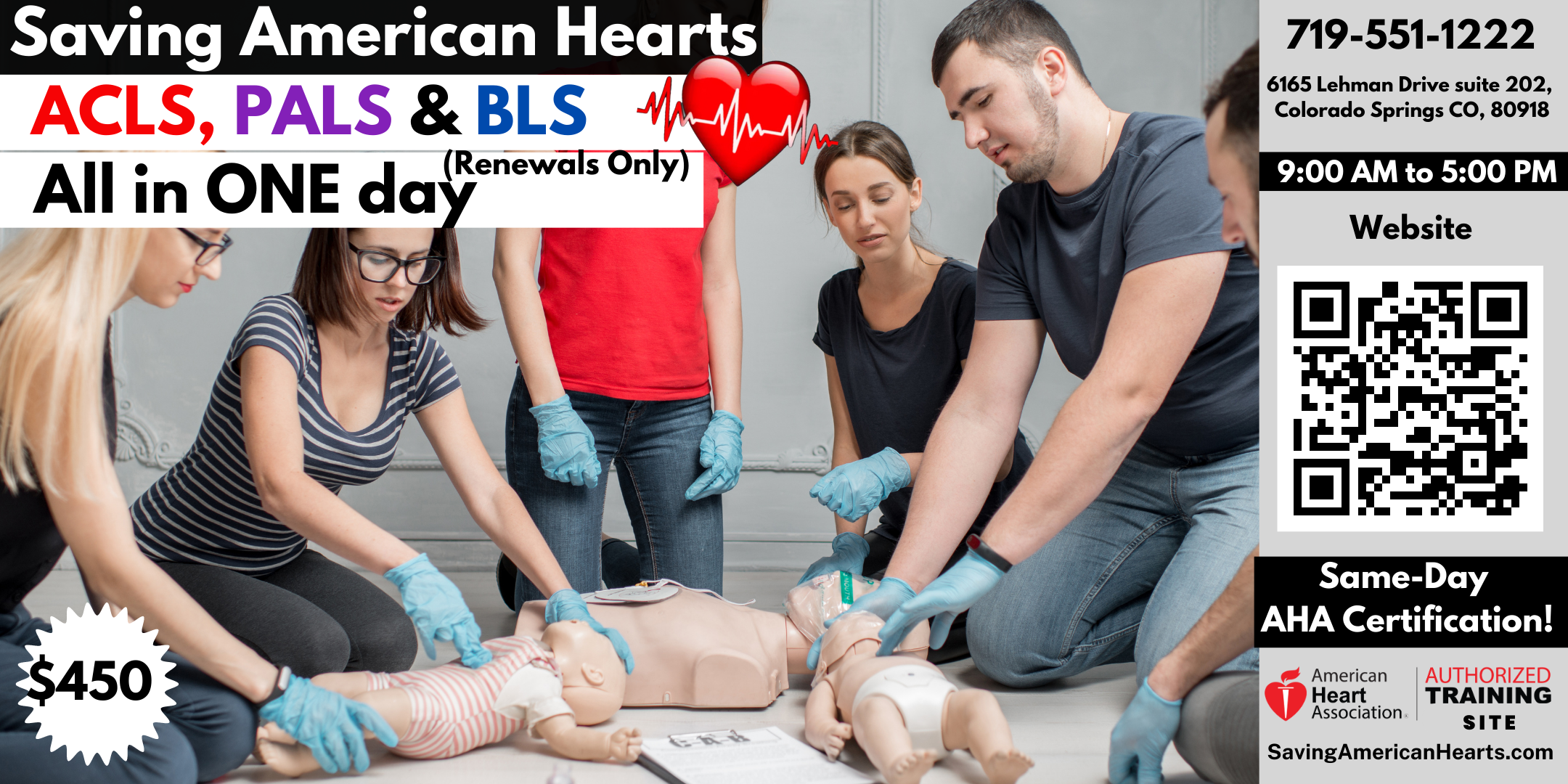Posted by By James T. Mulder May 6, 2023 on May 24th 2023
N.Y. AMR crews participating in telehealth pilot program
Syracuse providers also can transport patients to urgent care centers to ease hospital ED overcrowding
Juanita Pople’s lower back pain got so bad last month she called 911.
But when an AMR ambulance arrived it did not rush Pople to a hospital emergency room.
Instead, the AMR crew treated the 76-year-old Cayuga County woman in the comfort of her own home.
A paramedic used an electronic tablet to connect Pople with an emergency telemedicine doctor 960 miles away in Atlanta, Georgia for a two-way voice and video call.
The doctor assessed Pople, then electronically prescribed a muscle relaxant and a steroid that Pople picked up at her pharmacy.
The visit with the ambulance crew and telemedicine doctor took about 20 minutes. By comparison, average patient wait times at Syracuse hospital ERs last year ranged from 3 ½ to 10 hours.
A recent syracuse.com investigation found the ER waits in Syracuse to be among the longest in the nation. The waits were so long about one of every 10 patients walked out of Syracuse ERs without being treated.
Pople was pleasantly surprised to learn AMR makes house calls.
“I’d never heard of such a thing,” said Pople, a retired high school math teacher. “I’m old school. I was just going to go to the emergency room.”
Historically ambulance providers only got paid if they transported patients to hospital ERs, nursing homes or dialysis centers. That’s why most people who call 911 end up in hospital ERs, even though many of them don’t need that level of care.
AMR is participating in a federal pilot program that lets ambulance paramedics and emergency medical technicians treat patients at home if a telemedicine emergency medicine doctor examines the patient and determines at-home care is appropriate.
Ambulance crews also have the option of taking patients to a facility like an urgent care center if their conditions are not serious enough to warrant ER care. Under the program, AMR gets paid whether its crews care for patients at home, transport them to a clinic or an ER.
The patient has the final say on whether to go to an ER.
The purpose of the Medicare program is to provide quicker care, ease ER overcrowding and free up hospital beds.
“We have the potential to impact more lives with this program than probably anything else that has come along in my career,” said Troy Hogue, AMR’s regional director, who has worked in emergency medical services more than 40 years.
The program is projected to save Medicare alone about $1 billion. Medicare is the federal health insurance program for people over 65 and people with disabilities.
Every year about 4 million New York residents make 7 million ER visits that do not result in a hospital stay, according to state data.
It’s not possible to eliminate every ER visit that could have been treated in a different setting. But reducing just a fraction of those visits can cut costs.
Combining ambulance service and telemedicine can save an average of $2,468 for every avoided ER visit, according to a study published in the Journal of Telemedicine and Telecare.
Reducing potentially avoidable ER visits also eases ER gridlock.
When an ambulance arrives at a hospital it cannot transfer the patient until a bed is available in the ER.
“Sometimes we’ll be waiting with our patient for hours because you can’t just drop them off,” said Jeff Romanick, an AMR paramedic.
Eliminating those ER bottlenecks frees up ambulance crews to respond to the next 911 emergency call.
“It allows us to serve our community better,” Romanik said.
AMR is the only ambulance provider in Central New York participating in the pilot program, known as Emergency Triage, Treat and Transport, or ET3 for short.
It started out in 2021 when AMR offered patients with relatively minor illnesses and injuries the option of being taken to the Syracuse Community Health Center instead of an ER.
AMR also got the green light to take patients suffering from mental health problems directly to the Comprehensive Psychiatric Emergency Program, CPEP for short, at St. Joseph’s Hospital Health Center. AMR used to have to transport those patients to regular hospital ERs.
This summer an Upstate University Hospital clinic that treats minor health problems also will begin accepting some AMR patients.
Initially the AMR program was only for Medicare patients. It’s now also available to patients covered by Medicaid and private commercial health insurance plans.
AMR served about 900 patients last year through its ET3 program, or less than 1 percent of all its 911 calls. About 400 of those patients were treated at home.
Mitch Cater-Cyker, operations supervisor at AMR, expects the ET3 program to grow significantly as patients and ambulance crews get more comfortable with the new approach.
Medicare estimates ET3 may be appropriate for about 30% of 911 callers.
“It’s a huge change in culture for the patients who expect when they call 911 an ambulance will show up and take them to the hospital,” Cater-Cyker said.
AMR began treating more 911 patients at home during the Covid-19 surge in January of 2022.
That’s when AMR crews and doctors realized patients with mild to moderate Covid without severe respiratory problems could be safely treated at home, according to Cater-Cyker.
“The last thing a lot of these patients want to do is sit in an ER waiting room when they’re not feeling well,” he said.
Treatment at home can also be a good option for patients with flu, sinusitis, asthma and other conditions that do not require lab tests, X-rays and other imaging.
It’s also convenient for patients who need routine prescriptions refilled, but cannot get to their primary care doctor.
AMR crews use telemedicine doctors provided by Envision Healthcare, a national medical group.
Nor Rizak, an AMR emergency technician, said one of her house calls involved a 54-year-old woman with multiple sclerosis in a wheelchair who had a fever and a urinary tract infection.
The antibiotic her doctor prescribed wasn’t working. The patient’s son wanted the AMR crew to take his mother to an ER to get a stronger antibiotic.
But Rizak and her partner convinced him they could get his mother the care she needed without leaving home.
Under the supervision of a telemedicine doctor, Rizak and her partner treated the woman’s fever by giving her two bags of fluids intravenously. The doctor electronically prescribed a more effective antibiotic that the patient’s son picked up.
As a result the patient was spared the pain of being moved from her wheelchair to a stretcher and then to a hospital bed, Rizek said.
“I put myself in the patient’s shoes,” Rizak said. “When I’m sick I’m miserable. And I just want to feel better as best as I can at home.”

